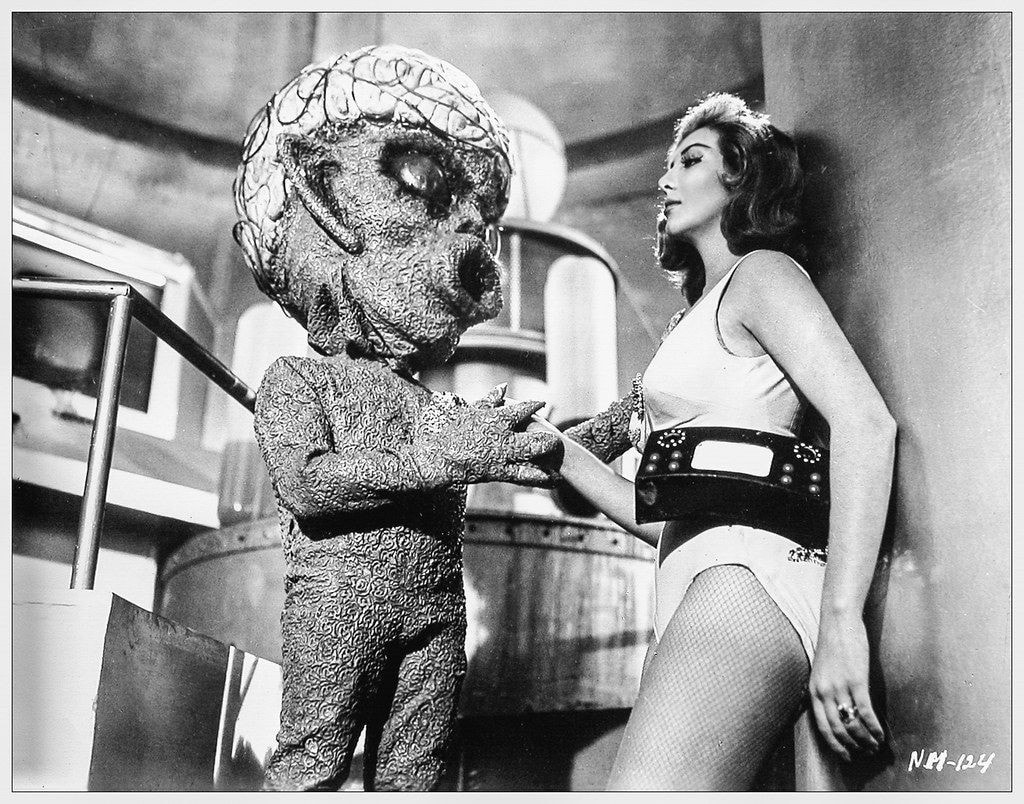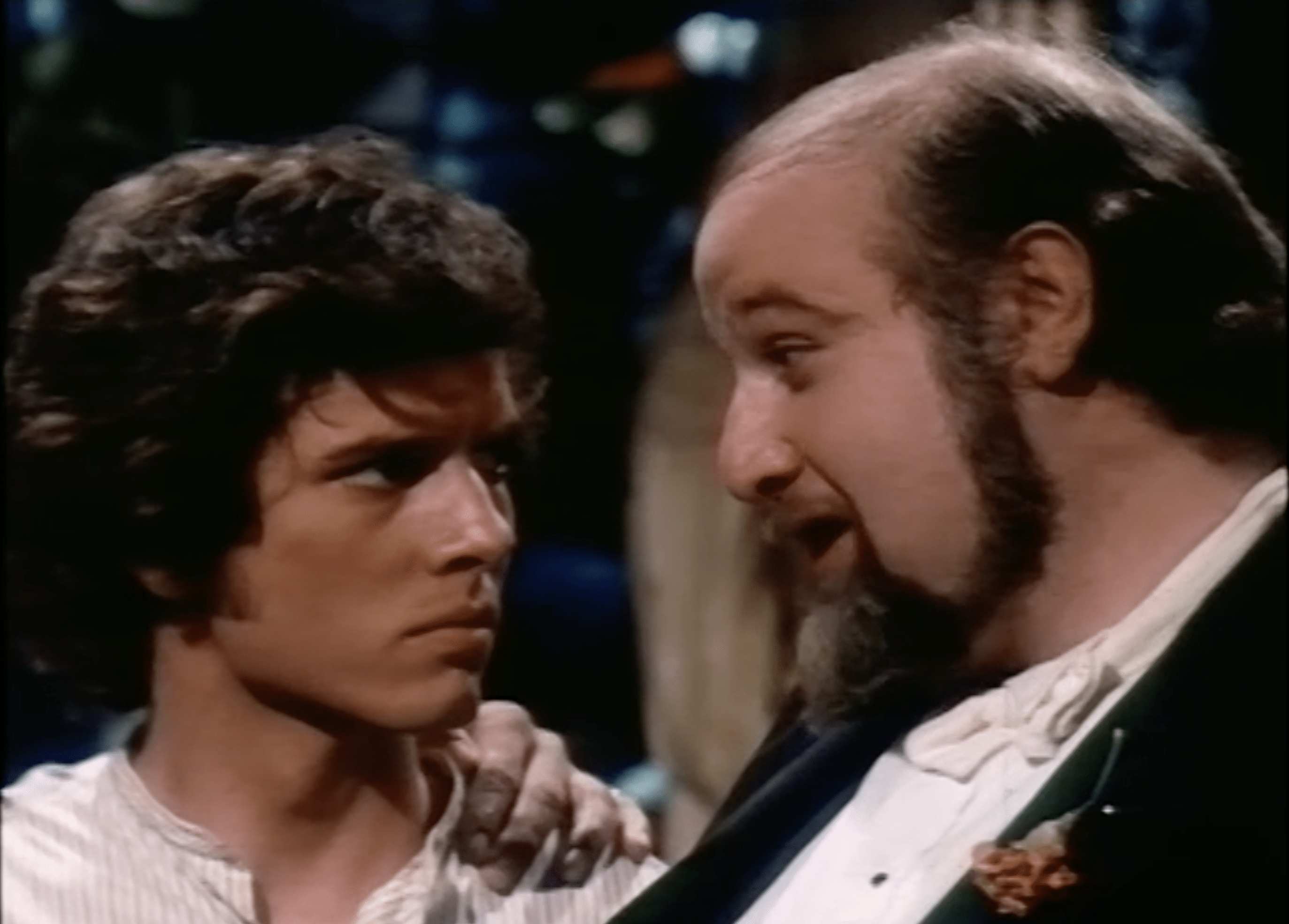
William Kentridge was born in Johannesburg in 1955. He is white. He spent the first forty years of his life living under apartheid. Both of his parents were lawyers specializing in representing black people who were marginalized by the system. Regardless of his parents, Kentridge was born into a system that privileged him at the cost of others, a criminally immoral system he had no control over. Trevor Noah wrote a book called Born a Crime. His birth was the result of an interracial union which was illegal. If Noah was born a crime through no fault of his own, Kentridge could be seen as being born a criminal, through no fault of his own.
What do you do if you are an upperclass white man living under apartheid? I certainly don’t have an answer, but Kentridge became a socially and politically active artist. He makes drawings and animated films. I’ve seen his films at MOMA in New York and MOCA in Chicago, but he has exhibited all over the world.
Felix In Exile is a mid-career, 9 minute, animated film he made in 1994. As with most of his work it is done with charcoal drawings on large paper. The movie features many of the themes that run through all of Kentridge’s work. Most prominent is always the act of looking. Looking as opposed to seeing. Seeing can imply a certain amount of recognition and/or understanding, looking is more physical, more literal. Kentrigde shows us images of people using their eyes, but not necessarily comprehending what they see.
In Felix in Exile we have two main characters a middle aged man who we assume is Felix and a black woman. There is no dialogue in the film, so we never learn their names, but for anyone who knows what Kentridge looks like the man is obviously a self portrait.
The two characters use their eyes in contrasting ways. The woman uses surveying equipment and a sextant to carefully observe the landscape around her. She has the tools of the objective viewer, whereas Kentridge is inside a windowless room looking either in the mirror or at his drawings on the wall. If the woman is objective, Kentridge certainly seems trapped in subjectivity.
They do not share a physical space, but there is the implication that they share some kind of mental space, perhaps a shared memory. These seemingly shared memories or images are of bodies bleeding in the street. Black men brutalized and broken by what we assume was the police.

The difference in the way these two figures relate to reality is at the core of the film. One might expect the black woman’s point of view to be the subjective and emotional one. She is the one who suffered at the hand of apartheid, and yet she is the clinical one. Whereas Felix seems deeply moved, and perhaps disturbed by what he sees. What he sees constantly changes. First, he sees himself in the mirror, and then her. A tube appears and bridges the gap between the two sides of the mirror, connecting the man and the woman as they look through either end. Through the tube, they see “eye to eye". They don’t so much see each other, as see each other's eyes. They see each other seeing.
It’s worth explaining a little about Kentridge’s unique process. As an animator, he does not generate hundreds of stills. He places a large piece of paper on the wall, draws an image in charcoal, and then shoots a frame of it. Then, instead of changing to a new piece of paper, he erases the parts of the drawing that he wants to move, and redraws them in a new position on the same page. Almost all of his animations are made this way. The result is that everything in the animation leaves shadowy, dusty trails as it moves. The drawing shows its history. The images linger and fade on the page, just as memories linger and fade in our minds.
Kentridge will use more than one piece of paper for a whole movie, but one piece of paper may last a minute or more of runtime. His studio is piled high with charcoal drawings. In Felix In Exile, sheets of paper constantly float and settle over everything. They cover the bleeding bodies, they cover the landscape, almost as if they are absorbing the events, or perhaps covering them over. The word “cover” can be used to mean conceal, but it can also mean the opposite, as in “the newspaper covered an event.”
Kentridge describes his process this way, “The films don’t have a meaning which then gets drawn. The films come out of a need to make an image, an impulse to make a film, and the meaning emerges over the months of the making of the film.” You will find extremely similar explanations across the art world, regardless of the artist or medium. The idea is to engage in a process that is partly purposeful and directed, and partly random or open to influences that the artist doesn’t fully understand.

Kentridge’s process, like so many artists, is meant to open an arena where certain ideas and images can come together to clash, combine, juxtapose, harmonize, and hopefully produce something unexpected, or perhaps something greater than its parts.
Lastly, there is the depiction of water to consider. The entire animation is almost completely black and white, except for images that include water in them. The water is always rendered in bright blue. The water covers things just as the paper does. The water moves things, alters things, and threatens things. In some images, it seems hopeful or welcome, in others it seems overwhelming. Kentridge often depicts himself standing in a pool of water, but it is unclear if it is a positive or negative image. When he depicts still water, it feels contemplative, but when the water moves and overflows, as it often does in his films, it can be menacing.
The sealed room in Felix In Exile is like an artist’s studio. A closed-in space where the mind can wander and associate. When I was a young painter in Chicago, my studio was on the first floor of an old building. On the other side of the wall where I hung my canvases was an alley. The opposite wall of the alley was the side of a hospital. I wasn’t there when it happened, but a young black boy was shot against the outside wall. His friends picked him up and walked him the 100 feet to the hospital door, but the staff said they weren’t a trauma center, and so wouldn’t let him in. He bled to death there on the sidewalk.
When I went to my studio the next day, I looked at the canvas on the wall and couldn’t ignore what had happened just behind it. It was too dissonant. It was a turning point in my career as an artist. I can’t tell you that I found some satisfying resolution or deep insight, but it changed the way I thought about art, artists, and what role we play in the larger world.

If you enjoyed this article you might also enjoy this -https://filmofileshideout.com/archives/lemohang-moseses-this-is-not-a-burial-its-a-resurrection/



